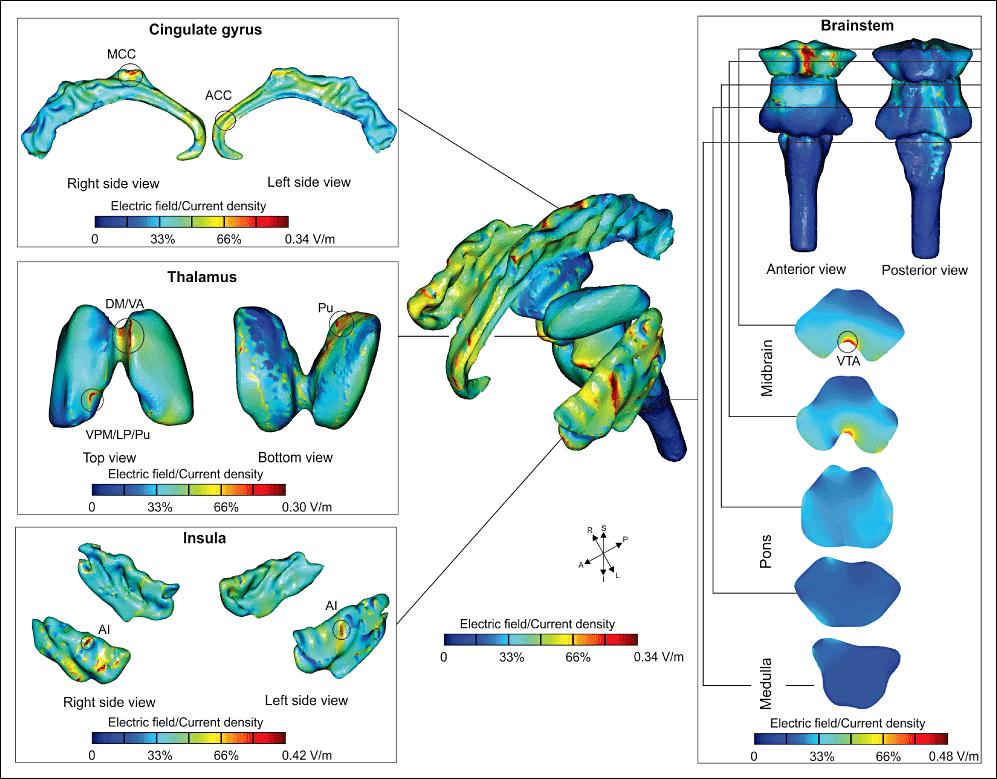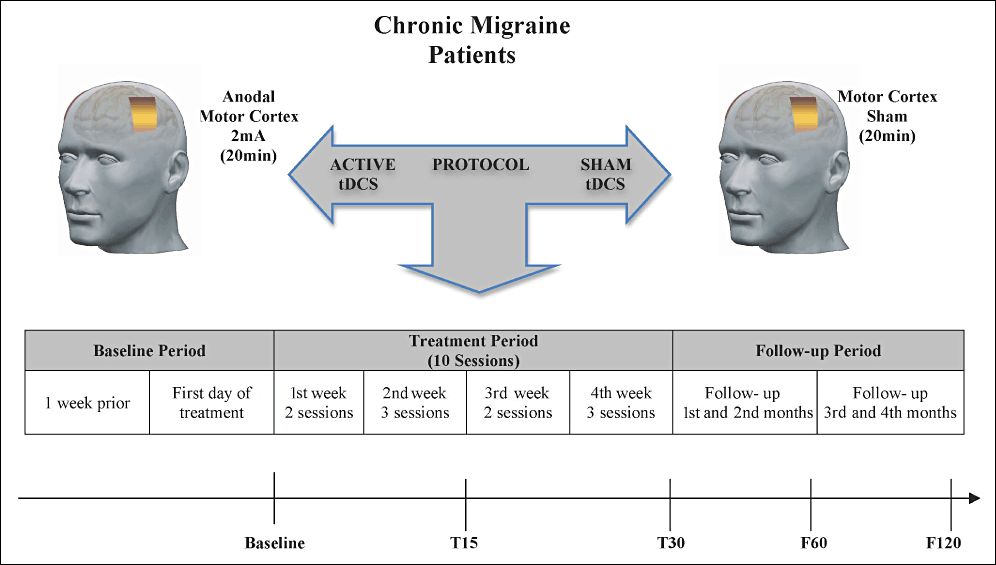Electrocuting your brain could be just what it needs
By Samantha Wall | December 4, 2012 3:00 pm
Has your brain been hurting lately? Having massive headaches? If the answer is yes, your brain might need to be shocked with electricity. New research has shown positive outcomes for a treatment involving electric currents that can help with the pain associated with the brain and neural networks, which are a group of neurons connected together that “tell” the brain to feel pain.
Using low, steady electric currents on the brain may be able to increase pain tolerance and decrease the length of headaches in those with chronic migraine (CM). CM is a disorder that involves more than just headaches. Migraines are an advanced state of headaches that involve more intense, sporadic episodes of pain. If that’s not bad enough those who are unfortunate enough to have CM, have these episodes at least 15 times a month and most patients with CM have changes and mutations to their neural networks that make them more sensitive to pain. There are many different options to deal with the pain caused by CM, like pain medication or rest, but none of these options really treat it. Researchers think that Transcranial direct current stimulation, or tDCS, is an option that might be an exception to this seemingly untreatable problem. With the pain related to CM, this is an option I would definitely be willing to try.
Researchers have used neuroimaging to look at the brain and through this have found a connection between the mutations that occur in migraines to those that cause chronic pain. Migraines are a disorder that involves changes dealing with central pain processing which can cause an amplified signaling to the central nervous system and thus, increased and more intense pain. Through tDCS, doctors and researchers are hopeful that they will be able to modify the neural networks, or neural matrix, and increase pain tolerance as well as shorten the length of migraine attacks.
In February of 2012, Alexander DaSilva and Mariana Mendonca, along with a group of other researchers, tested to see the effects of tDCS in regards to CM. Every individual included in the trial had been experiencing at least fifteen migraines a month for a minimum of one year. After the patients were gathered they were randomly separated into two groups, one received active tDCS and the other acted as a control to compare results with. To keep the experiment accurate patients did not know what treatment they were assigned nor did the administer of the treatment.
To know if tDCS works, the researchers needed something to compare the end results with to see if there was any change. So, one week before the study was conducted a preliminary test was done to measure severity and length of migraine attacks. This test served as a baseline assessment to compare results. Once the actual study began, it consisted of 10 sessions of treatment over a four week period given every other weekday. This type of treatment course makes it more feasible for patients to attend sessions.
During each session electrodes were placed on the patients head. In active tDCS patients, current was applied for twenty minutes. In the control group treatment lasted twenty minutes as well, but current was only applied for thirty seconds. The current was used for thirty seconds in the control group to ensure the placebo effect and prevent patients from distinguishing it from active tDCS.
In order to make sense of all the data collected, a numeric pain scale called VAS was used to measure results. Measurements were taken after session 5, after the final treatment, and at a follow up four months after treatment to see the progression of the treatment. After comparing the results to the baseline assessment it was found that after the final treatment those who received active tDCS had significantly shorter migraine episodes as well as a significant decrease in pain according to the VAS scale. This wasn’t all, at the four month follow up pain levels and length of episodes has continued to significantly drop.
There were some weaknesses to this trial, but they are fairly minor. During treatment there were not any immediate effects from tDCS, but there was significant improvement at the end of treatment and in the long-term evaluation. Also, repeated exposure may be needed in order to have lasting results. The good thing about tDCS is that the equipment is of small portable size and it is also low cost. So, even though many treatments are needed over a longer period of time, the treatment is affordable and easily accessible.
tDCS was not originally invented for the use of treating migraines, this is just a new study for using the technology. It can actually be used in many treatments, such as for stoke victims, depression, and regaining motor skills, depending on where you place the electrodes. If you are interested in reading about this you can read these articles: Treatment of depression with transcranial direct current stimulation (tDCS) and Transcranial Direct Current Stimulation in Stroke Recovery. If that doesn’t interest you much, this might: tDCS might also be able to help you in math!
Reference: DaSilva, A., Mendonca, M., Zaghi , S., Lopes, M., DosSantos, M., Spierings , E., Bajwa, Z., & Fregni, F. (2010). tdcs-induced analgesia and electrical fields in pain-related neural networks in chronic migraine. (8 ed., Vol. 52). United States: Wiley Periodicals, Inc. Retrieved from: http://onlinelibrary.wiley.com/doi/10.1111/j.1526-4610.2012.02141.x/pdf
CATEGORIZED UNDER: Health and Medicine, Mind and Brain, Neurology For more popular science writing, return from whence you came.
